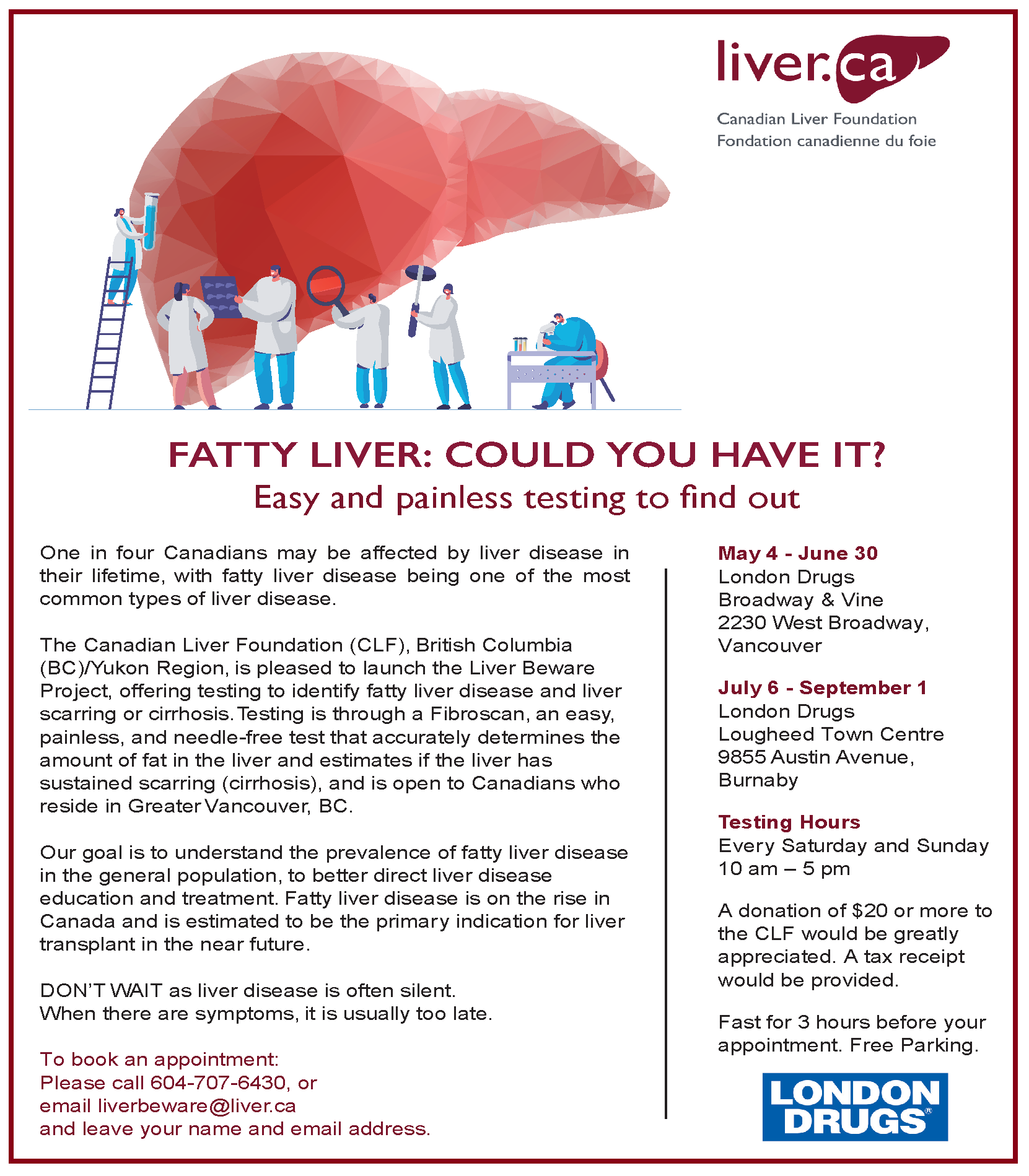“Despite recommendations for the urgent expansion of a safer drug supply, very few have access to a stable, lower-risk alternative”
FOR the 13th consecutive month, more than 190 British Columbians have lost their lives to the toxic, unregulated drug supply, according to preliminary data released by the BC Coroners Service.
“I am saddened to once again report that British Columbia’s toxic drug crisis shows no signs of abating,” said Lisa Lapointe, Chief Coroner, on Tuesday. “We are continuing to experience record numbers of deaths provincewide because of the toxic drug supply. The unregulated illicit market is highly unpredictable and continues to put thousands of lives at risk each month. Despite recommendations for the urgent expansion of a safer drug supply, very few have access to a stable, lower-risk alternative.”
Between January and July 2023, at least 1,455 deaths were attributed to toxic drugs, the largest number ever reported by the BC Coroners Service in the first seven months of a calendar year. The provincewide death rate stands at 46.2 per 100,000 residents, with the Vancouver Coastal (56.7), Island (52.4) and Interior (50.7) health authorities all posting death rates higher than ever previously recorded. The Northern Health Authority (59.8) continues to report the highest rate of death in the province.
People who use drugs in communities throughout B.C. face an extreme risk of significant injury or death. While the highest number of deaths have occurred in urban centres like Vancouver, Surrey and Greater Victoria, the most impacted health service delivery areas in 2023 also include Central Vancouver Island, Northern Interior, Northwest and Greater Nanaimo.
Unregulated drug toxicity is the leading cause of death in British Columbia for persons aged 10 to 59, accounting for more deaths than homicides, suicides, accidents and natural disease combined. The lives of at least 12,739 British Columbians have been lost to unregulated drugs since the public health emergency was first declared in April 2016.
“In just two days, we’ll recognize International Overdose Awareness Day,” Lapointe said. “This most sombre of occasions is an important opportunity to recognize all our family members, friends, colleagues and neighbours who have been lost to unregulated drugs. While we honour their memory and grieve alongside their loved ones, we must urge decision-makers to do more to stop these preventable deaths from occurring. The critical risks and losses of life resulting from this public health emergency deserve an urgent response. We must not accept the continued loss of six lives each and every day.”
Additional key preliminary findings are below. Data is subject to change as additional toxicology results are received:
* The 198 suspected unregulated drug deaths represent a 5% decrease from the number of deaths in July 2022 (208), and a 4% increase over the number of deaths in June 2023 (191).
* The number of unregulated drug deaths in July 2023 equates to about 6.4 deaths per day.
* In 2023, 69% of those dying were aged 30 to 59, and 77% were male.
* By health authority, the highest number of unregulated drug deaths are in Vancouver Coastal and Fraser Health Authorities (423 and 397 deaths, respectively), making up 56% of all such deaths to date during 2023.
* There is no evidence that prescribed safer supply is contributing to unregulated drug deaths.












